Is collecting commemorative coins worth the investment?
Commemorative coins, also called commems, are special edition coins minted in honor of an important event, personality, or landmark. The reverse bears significant historical sites, endemic flora or fauna, notable persons, and other objects of significance.
When a government or any other institution would produce a commemorative coin, it would include the considerable surcharges appropriated for their beneficiary.
Part of the proceeds from the commems goes to sponsored organizations like for instance, the United States Olympic Committee.
Thus, these coins are sold above their face value and the market worth of their metal content.
Two sides of the Commemorative coin
As a sensible coin collector, you might want to ask: are commemorative coins worth investing?
The views of coin collectors and investors on commemorative coins vary a lot.
Pros – Some numismatists say it is a beneficial investment. Even if commemorative coins carry historical events and persons in their country of issuance, they are circulated mainly for profit making.
The worth of commemoratives is based on the limited number of issues, the material, the program beneficiaries, and the perceived market.
The best thing about collecting commemorative coins is that you hold a piece of history in your coin series.
Cons – On the contrary, other experts say that for profit-making purposes, commemorative coin collecting is a rather bad investment. There had been a trend in the past years that shows that these coins are hard to dispose in the resale market.
After some time, the prices of commemorative coins go down after their first close out or sale. Other numismatic pieces tend to increase coin value through time.
Types of commemorative coins
Circulating commemorative coins – These coins are circulated for a limited time and market. They are used as legal tender. An example of this is the 1976 U.S. Bicentennial quarters, half-dollars, and dollars.
Non-circulating commemorative coins – These kinds of commems are usually produced by the government to be sold to the public and are purchased higher than their face value. They can not buy goods and services. It is mainly for souvenir and collection.
Commemorative coins through out history
Every prudent numismatist should have a good background of each coin in his or her collection for coins reflect the country or an organization’s economic and political status.
In ancient Rome, commemorative coins were minted to mark their victory over an empire. These coins were minted in such a way that the obverse side shows proud Roman warriors while the reverse shows the morose faces of the fallen opposition.
The U.S.’s first commemorative silver coins were first struck in 1892. The U.S. Mint saw an abundance of commemorative half dollars in mid-1930s. But in 1970s, after World War II, scarce resources made coin minters abandon the use of precious metals in making commems.
This marked the lull in the commemorative coin making programs not only in the U.S. alone but also in other countries. The commemorative coin fads were again revived after almost three decades.
Popularity of modern Commemorative Coins
Artistic commemorative coins showcase the technology and aesthetics of coin minting in their country of origin. Here are some commemorative coins from different countries:
American Commemorative coins
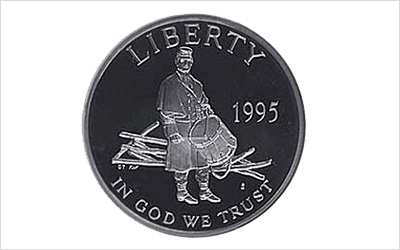
In 1982, U.S. Congress authorized the United States Mint to produce commemorative coins to highlight events in American history and culture. Since the onset of its modern commemorative coin program, the U.S. Mint has already amassed over $418M from the coins’ profits to be allocated to special projects.
The U.S. half dollar or the fifty-cent piece is the most common denomination for modern commemorative coins in the United States. In 1995, the Commemorative Civil War half dollar coins were issued to preserve the U.S. Civil War battlefields through its proceeds. World Wars I and II commemorative coins are also available.
Another example is The 2004 Thomas Alva Edison silver commemorative coin minted in honor of the 125th anniversary of the invention of the light bulb. The funds went to various historical institutions and museums.
Modern U.S. Commemorative coins produced to hallmark sports events like the World Cup and the Winter Olympics are very popular among coin collectors and sports fans worldwide.
UK Commemorative coins
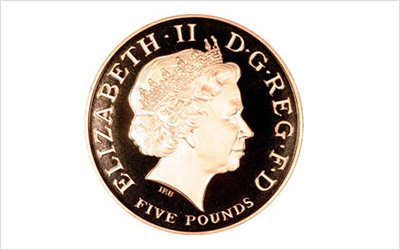
Most present day coins that the Royal Mint has produced bears an effigy of Queen Elizabeth that were designed by either Raphael Maklouf (1990 to 1997) and Ian Rank-Broadley (since 1998) on the obverse. Each coronation of a monarch in the United Kingdom calls for a special edition coin.
The British commemorative five pound (£5) coin is a legal tender but it is rarely circulated today. Some examples of this British memorial commemorative coin mark the annual birthday of Queen Elizabeth the Queen Mother, anniversary of the Coronation, commemorative events of the late Princess Diana, and other royal historical events.
The UK government also issued a British commemorative coin upon the death of Winston Churchill. Circulating commemorative crowns were also issued in 1930 to celebrate the Jubilee year.
Canadian Commemorative coins
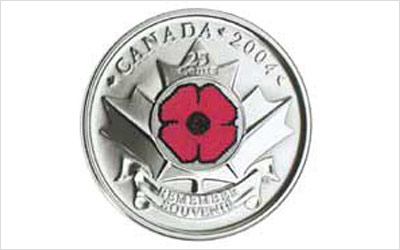
The Royal Canadian Mint made an avant garde move in making commemorative coins in 1967. The mint struck a series of circulating commemorative coins in all Canadian denominations – from a dollar, half dollar, twenty-five cents, ten cents, five cents, and down to a cent.
In 2004, Canada’s official mint made news in numismatics societies when it launched the world’s first colored commemorative circulation coin. The painted Poppy commemorative coin, legal tender, was minted in observance of the country’s Remembrance Day. The Poppy Commemorative Coin is also available in a special edition proof silver dollar. Canada is one of the top makers of commemorative coins.
Commemorative Euro coins
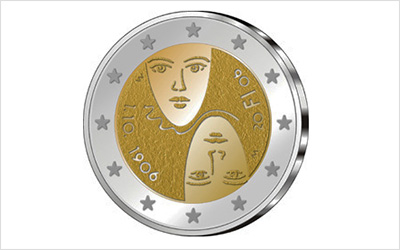
Gold and silver European commemorative coins are minted by the member states of the Eurozone.
New issues of the Euro commemorative bullions are released every year. Most silver commemorative coins from Europe are only legal tender in their country of origin.
€2 commemorative coins, however, are an exemption. These special euro commemorative coins are legal tender. They are issued and likewise accepted by all member states of the Eurozone starting year 2004.
Israeli Commemorative Coins
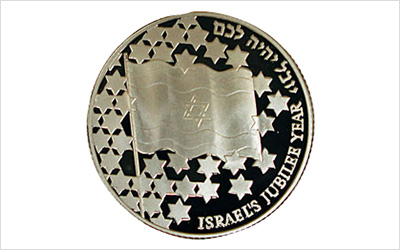
Each year, the Bank of Israel strikes five commemorative coins. Two of these Israeli commemorative coins are for the Independence Day and Hanukkah.
Other commemorative coins are issued in series like the Biblical Art Series and the Israeli Nobel Prize Winners. The Judo commemorative coin and the Saluting Reserve Soldier coin are among those issued individually.
No doubt, Israel is fast catching up as one of the world’s most prolific makers of commemorative coins.
Here are some key characteristics of commemorative coins:
Special Occasions: Commemorative coins are typically issued to mark significant events or milestones. These events can range from historical anniversaries and celebrations to cultural or sporting events, important figures’ birthdays or anniversaries, and more.
Unique Designs: Commemorative coins feature unique and often intricate designs that are related to the event or theme being celebrated. The design can include images, symbols, inscriptions, and artwork associated with the subject matter.
Limited Mintage: Commemorative coins are often produced in limited quantities, making them more collectible. The mintage (the number of coins produced) is usually stated on the coin or its packaging. Some commemorative coins may have a fixed mintage, while others may be produced for a specific period or until the demand is met.
Higher Face Value or Premium: Commemorative coins may have a face value, but this value is often higher than the intrinsic value of the metal used to make the coin. Collectors are typically willing to pay a premium above the face value for these coins due to their historical or artistic significance.
Collector’s Items: Many commemorative coins are purchased by collectors rather than used for everyday transactions. They are often housed in protective cases or coin holders to preserve their condition.
Legal Tender: Despite being issued for commemorative purposes, these coins are usually considered legal tender but they are not minted for general circulation. Somehow, their collector value often exceeds their face value.
Variety of Metals: Commemorative coins can be made from various metals, including base metals like copper, nickel, and brass, as well as precious metals like silver and gold. The choice of metal often depends on the coin’s intended market and the significance of the event.
Numismatic Value: The value of commemorative coins is determined not only by their metal content but also by their rarity, historical significance, condition (graded by professional coin graders), and collector demand. Some commemorative coins can become quite valuable over time.

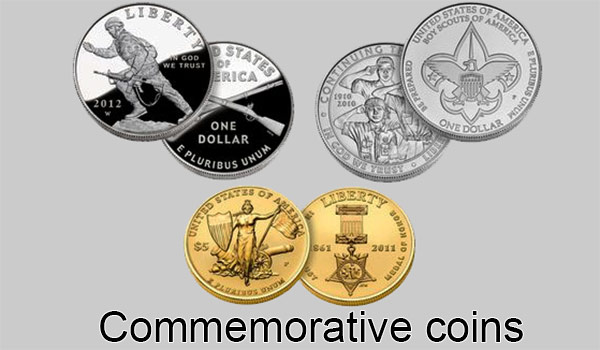




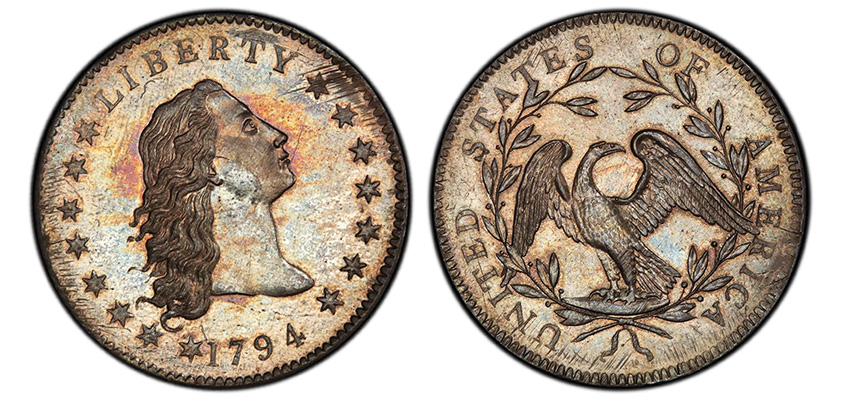
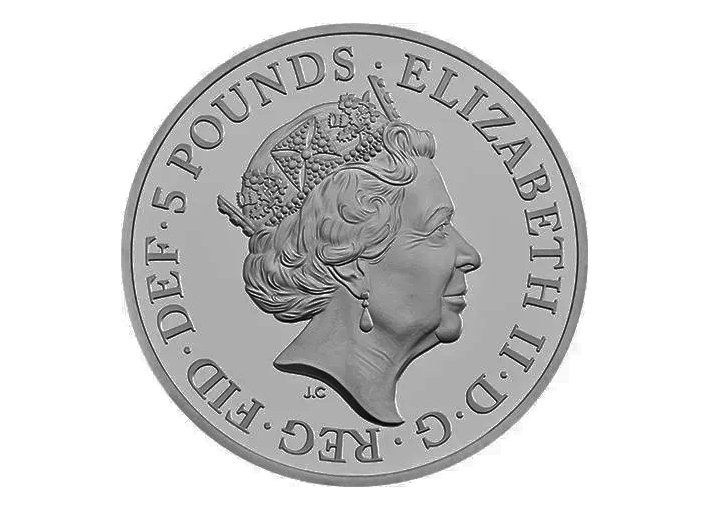
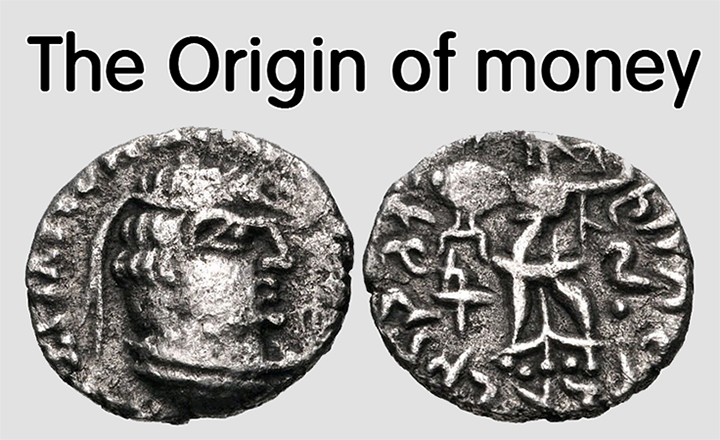


Leave a Reply